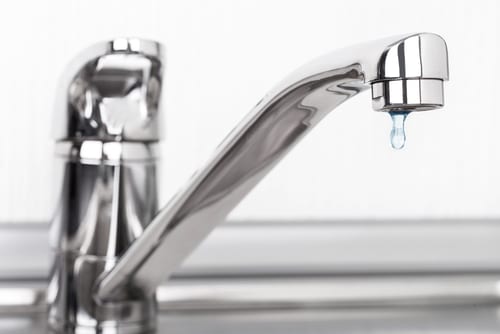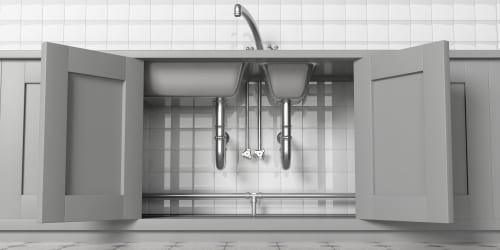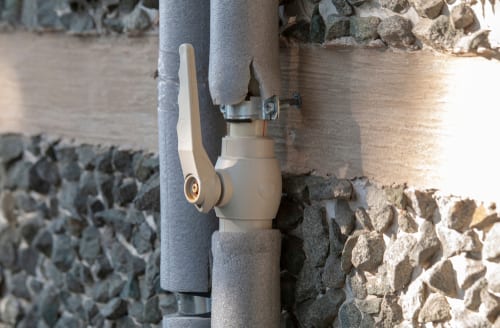How to Prevent Frozen Pipes
Tuesday, September 15th, 2020
With winter soon to be upon us, temperatures are going to start dropping which means the possibility of pipes freezing. Freezing and bursting pipes are a common and costly occurrence, even if you think the weather isn’t cold enough, it can still happen. We get plenty of calls during the cold weather for people looking for a Dublin plumber to help with frozen pipes.
As the old saying goes, prevention is better than cure, so read on as we discuss some tips on how to prevent frozen pipes.
Let the Tap Drip
We know, this goes against all of the general water saving recommendations, but it really helps to prevent freezing pipes. All you need to do is open the tap a small bit so that water can slightly drip from it.
The basis behind this tip is that when a pipe freezes, the pressure created from the water expanding and the faucet will cause the pipe to burst. Opening the tap will prevent the pressure build up and in turn keep the pipe from bursting.
Keep Doors Open
The most common pipes to burst are those that are located in unheated areas of the house, so it’s important to let heat circulate around as much as possible.
If pipes are located in cabinets or presses, it’s a good idea to leave the doors open so the heat from the rest of the house can keep the pipes warm too. Keeping the interior doors open to allow heat circulate through the home is also a good idea.
Fill Any Cracks and Holes
If you have any holes, gaps or cracks where pipes go through walls or floors, you should make sure to get them sealed with caulk or spray foam insulation. Any outdoor air that comes through holes can make an already cold area even colder, so be sure to seal gaps on both the interior and exterior sides.
Insulate
Some areas of your home may not have proper or adequate insulation, so pipes in that area may need something extra to keep them from freezing.
Pipes can be fitted with foam or fibreglass wraps that essentially act like a warm jacket for your pipes, reducing the chances of them freezing. Whilst this idea works well for exposed pipes, if you need to open floors, ceilings or walls to gain access to a pipe, it can get rather expensive. In this case, you’re better off insulating the wall or ceiling.
Apply Heating Tape
Similar to the above mentioned pipe insulation, heating tape does exactly what its name says, it essentially works like an electric blanket for pipes.
This tape is actually quite clever in how it works, with two types available; one senses when heat is needed and turns itself on and off, and another that needs to be plugged in to generate heat.
Heating tape is an excellent option for short sections of pipe at high risk of freezing and that are easily accessible.
We hope you’ve learned something from our rundown on how to prevent frozen pipes and can put some of our advice to use around your home. As always, our team of experts are on hand to answer any questions you might have, so feel free to contact us!
Share this post:
on Facebook
Latest posts by DeWARPlumbers221
(see all)
Deprecated: File Theme without comments.php is
deprecated since version 3.0.0 with no alternative available. Please include a comments.php template in your theme. in
/var/www/vhosts/dewarplumbers.ie/httpdocs/wp-includes/functions.php on line
6085





